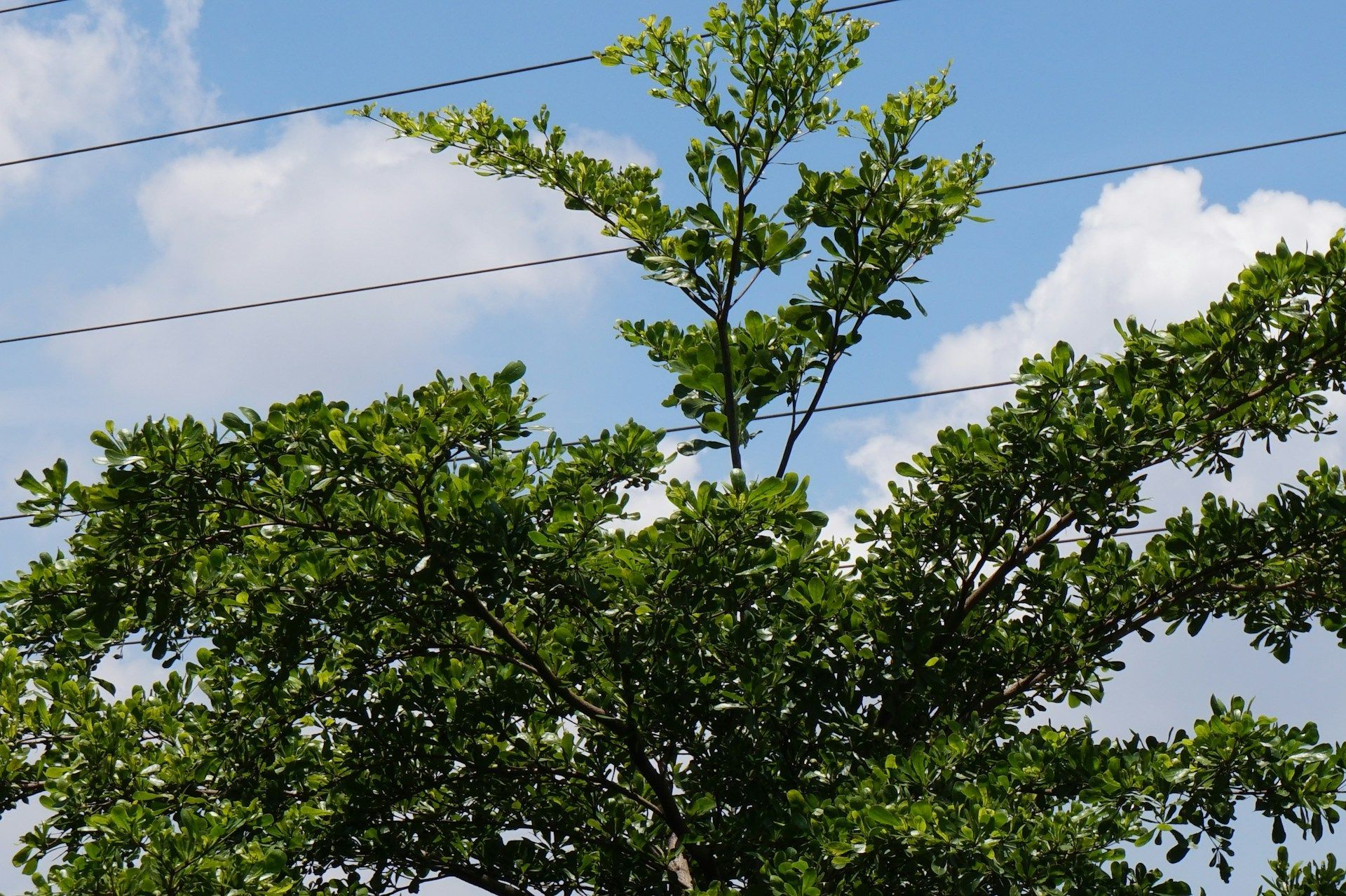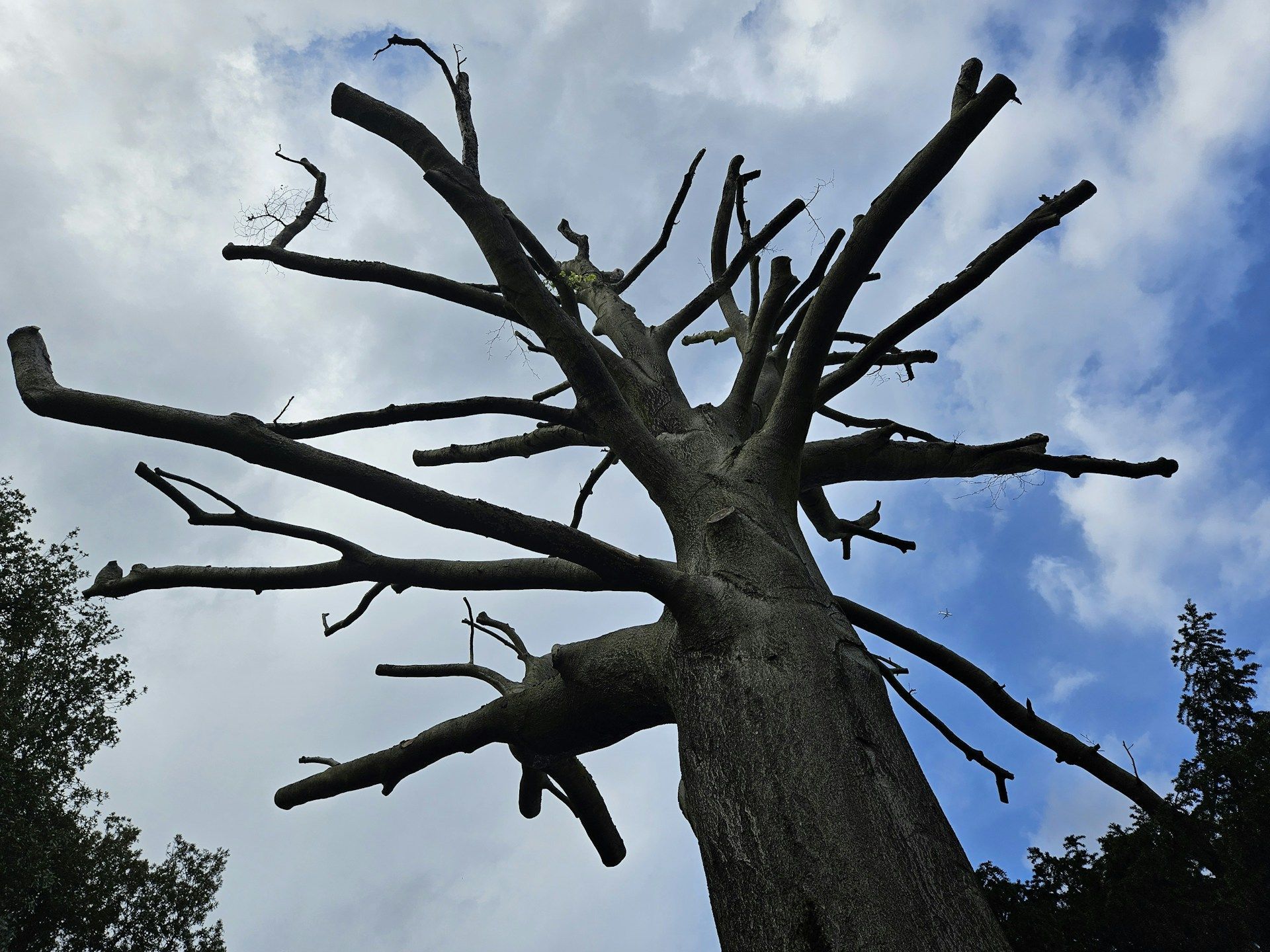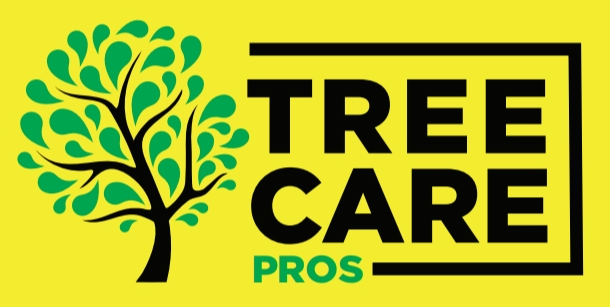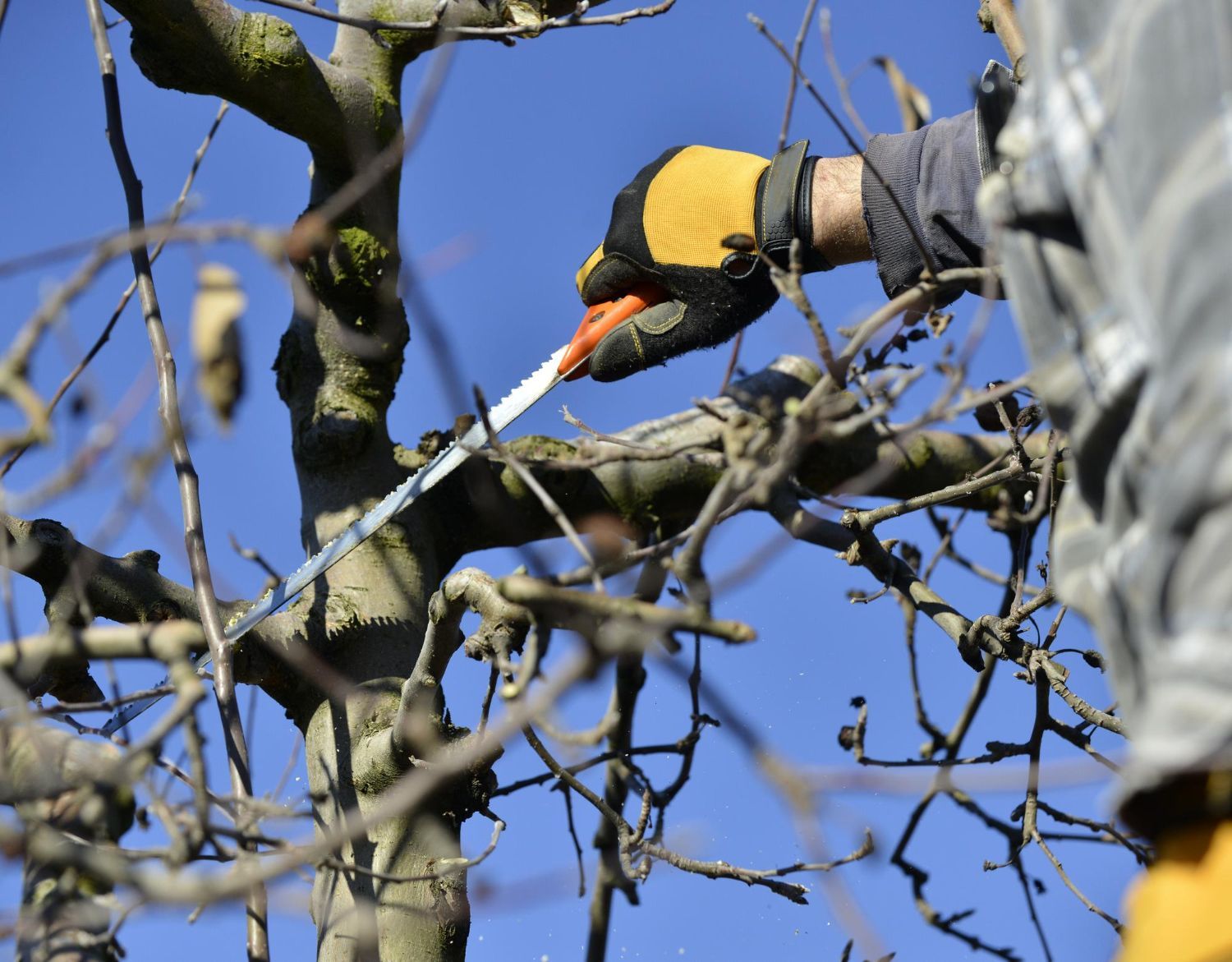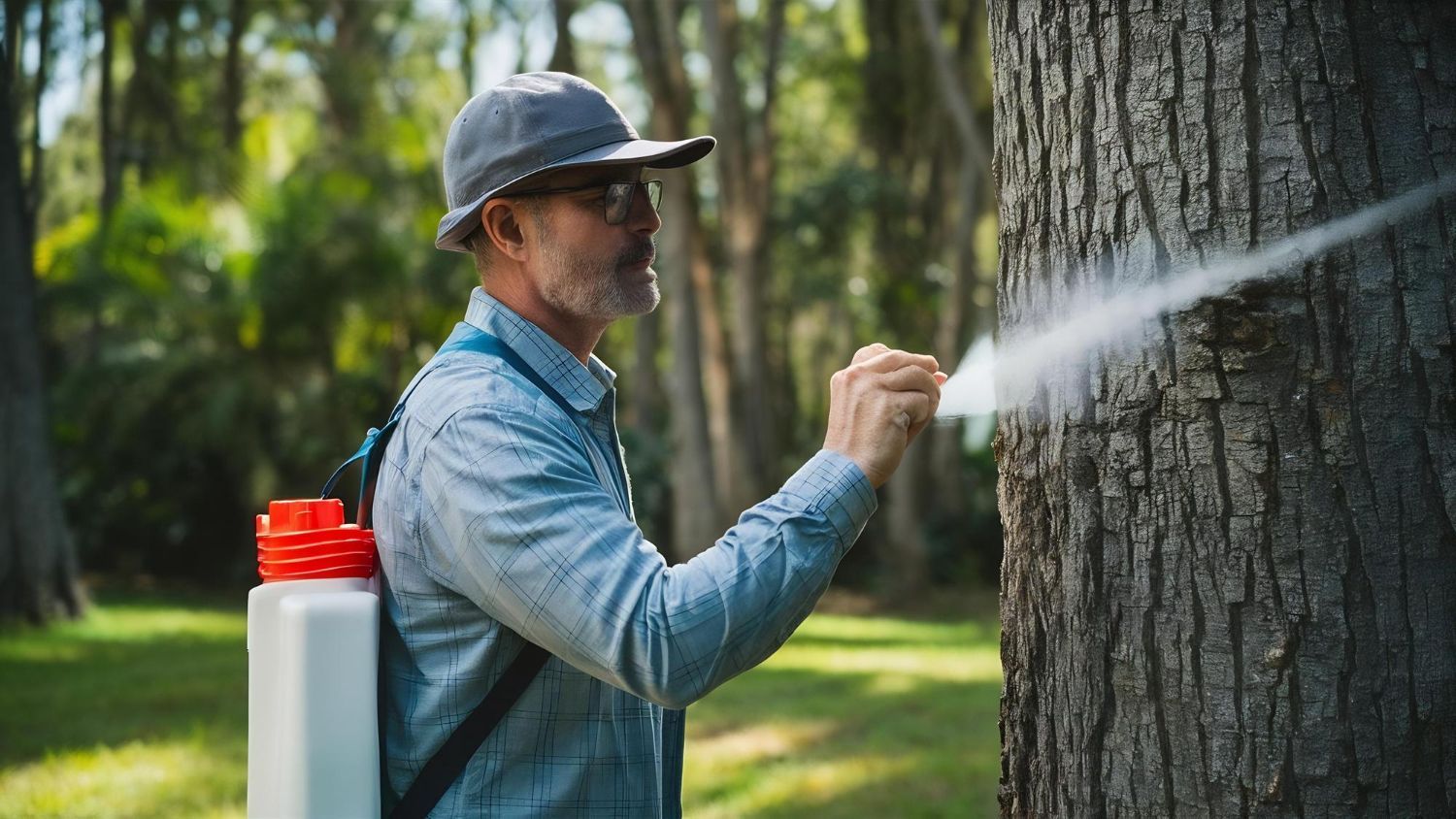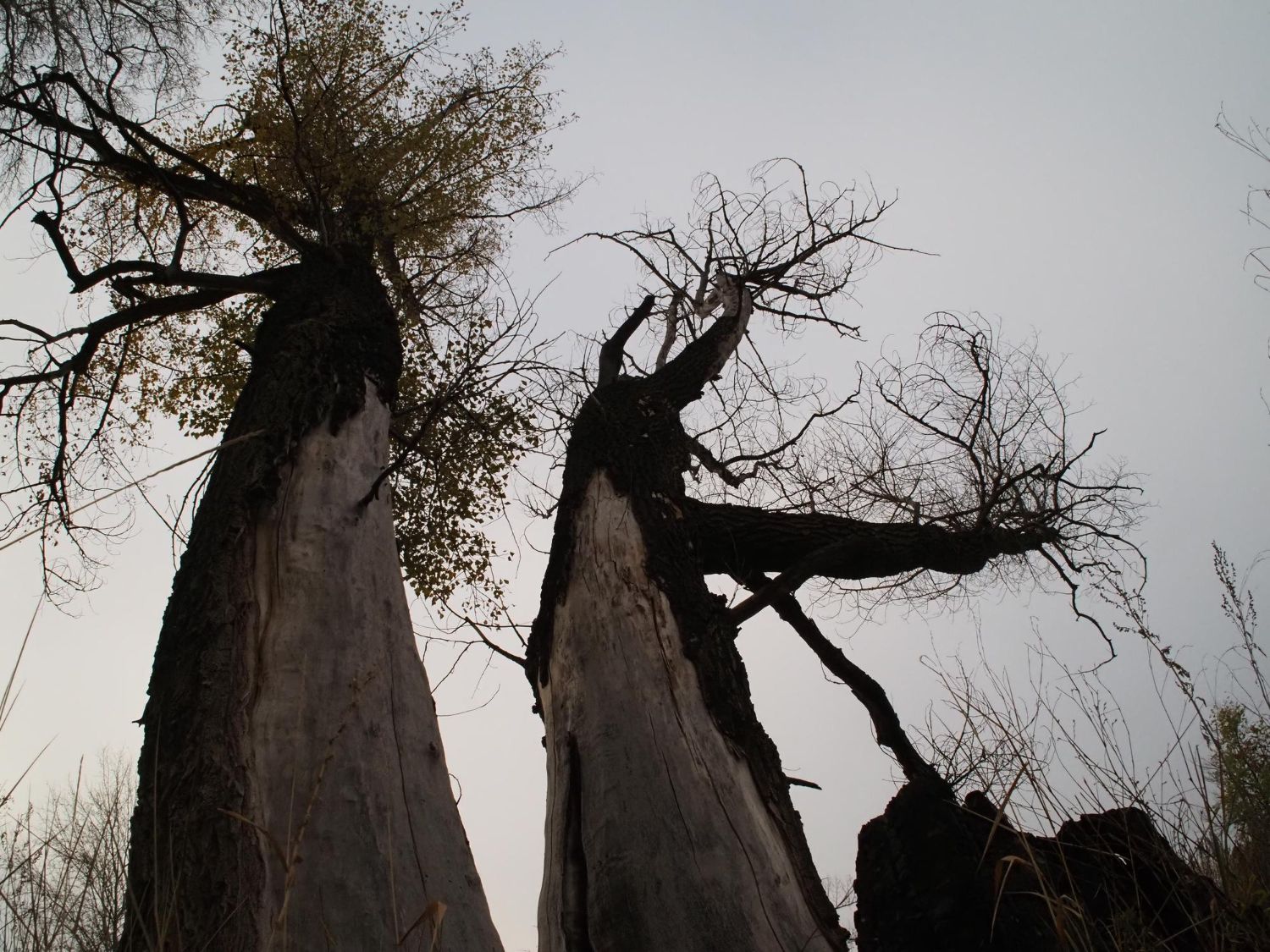Top Signs a Tree Needs to Be Removed Immediately
Trees are a beautiful and essential part of our environment, adding value and charm to our properties. However, a compromised tree can pose significant dangers if not addressed promptly. Recognizing when a tree becomes a hazard is vital to ensuring the safety of your home and family. Trees can be weakened by disease, decay, structural issues, or severe weather conditions, making them susceptible to falling and causing damage.
Identifying the early signs of tree decay and disease can help you take timely action to prevent potential accidents. Visible indicators like dead branches, fungus growth, and trunk damage are some of the warning signs that a tree may be unhealthy and in need of removal. Similarly, structural issues such as leaning trunks or root damage can compromise a tree's stability, increasing the risk of it falling unexpectedly.
In addition to these factors, environmental conditions play a significant role in tree safety. Severe weather events like storms, heavy winds, and lightning strikes can further weaken already vulnerable trees, making them dangerous. It's crucial to understand how these elements affect tree health and what steps to take if you identify a tree that poses an immediate risk. This article will help you recognize the signs of hazardous trees and provide guidance on how to address them effectively.
Visible Signs of Tree Decay and Disease
Identifying decay and disease early on can save you from bigger problems down the line. Here are some visual signs of an unhealthy tree:
- Dead Branches – One of the most apparent signs is the presence of dead or dying branches. These branches often appear brittle, break easily, and lack leaves during the growing season.
- Fungus Growth – The appearance of mushrooms or fungi on the trunk or at the base is a major red flag. Fungus often indicates internal rot, which weakens the tree from the inside out.
- Trunk Damage – Look for cracks, splits, or holes in the trunk. Cavities or missing bark can expose the tree to insects and diseases, further compromising its health.
- Leaf Discoloration – Leaves that are yellow, brown, or spotty may be indications of disease or nutrient deficiencies. This is especially alarming if it happens out of season.
- Unusual Growth Patterns – Watch for sudden changes in the tree's growth pattern, such as stunted growth or oddly shaped branches and leaves.
By spotting these signs early, you can take preventive measures or prepare for removal to maintain the safety and aesthetics of your property.
Structural Issues That Compromise Tree Stability
Structural weaknesses in a tree can create serious safety hazards. Understanding these issues can help you address them before they lead to catastrophic events. One major concern is a leaning trunk. While some trees naturally lean, a sudden or extreme lean, especially if accompanied by exposed roots on one side, is a signal that the tree may be at risk of falling.
Root damage is another critical issue. Roots serve as the anchor of the tree. If they are damaged by construction, poor soil conditions, or disease, the tree becomes unstable. Look for symptoms like reduced leaf size, sparse foliage, and the presence of mushrooms around the root area.
Hollow sections inside the trunk constitute another problem. A tree can look healthy on the outside but has significant internal decay. This can drastically weaken the tree’s integrity, making it prone to breaking or collapsing unexpectedly. Horizontal cracks or cavities along the trunk are clear indicators of this issue.
Addressing these structural problems quickly can prevent property damage and potential injuries. If you notice any of these issues, it’s crucial to consult with a professional to assess the tree’s stability and take appropriate action. Ensuring your trees are structurally sound is essential for the safety and longevity of your landscape.
Visible Signs of Tree Decay and Disease
Recognizing the visual signs of tree decay and disease is crucial in maintaining the health and safety of your property. Here are some indicators that a tree is unhealthy and might need to be removed:
- Dead or Dying Branches – Dead branches that hang without leaves, especially in the upper crown, can signal a dying tree. The more dead branches a tree has, the higher the risk it poses.
- Fungus Growth – The presence of mushrooms or other fungi at the base of the tree or on the trunk suggests internal decay. Fungal bodies are a clear indicator that the tree might be structurally compromised.
- Trunk Damage – Look for large cracks, holes, or wounds in the trunk. These can weaken the tree’s structure and create entry points for disease and pests.
- Leaf Discolouration or Loss – Yellowing, wilting, or prematurely dropping leaves are signs of stress or disease. If a tree loses its leaves out of season, it might be in trouble.
- Bark Abnormalities – Peeling, loose, or missing bark can indicate a dying tree. Healthy trees have firm, intact bark.
By identifying these visual signs, you can take timely action to address the problem and prevent further damage or safety risk
Structural Issues That Compromise Tree Stability
Structural issues in trees can pose serious risks, as they may compromise the stability and increase the likelihood of the tree falling. One common structural problem is a leaning trunk. While some trees naturally grow at an angle, a sudden or severe lean can indicate that the tree is unstable and may fall.
Root damage is another significant issue affecting tree stability. Damaged roots, often caused by construction, soil erosion, or diseases, reduce the tree's ability to anchor itself securely. Without a strong root system, the tree becomes vulnerable to toppling, especially during adverse weather conditions.
Hollow or decayed sections within the trunk also signal potential instability. These gaps can weaken the tree’s structural integrity, making it prone to breaking or falling under stress. Additionally, large cavities or holes can become sites for further decay and pest infestations, further compromising the tree’s strength.
Identifying and addressing these structural problems early can prevent potential accidents and ensure the safety of your property. Regular inspections and professional assessments are key to maintaining the structural health of your trees.
The Impact of Severe Weather on Tree Safety
Severe weather events can transform otherwise stable trees into significant hazards. Heavy storms, strong winds, and lightning strikes pose direct threats to tree stability and safety. For instance, during high winds, even healthy trees can suffer broken branches or become uprooted if their roots aren't deeply anchored. Additionally, storms can saturate the soil, weakening the tree's grip and making it more susceptible to falling.
Lightning strikes can cause immediate and severe damage to trees. A tree hit by lightning may show obvious damage, such as a split trunk or scorched leaves. However, the internal damage might be more severe, causing the tree to become hazardous without immediate visible signs.
Winter ice storms can also impact tree safety. Accumulated ice adds immense weight to branches, leading to breaks and potentially causing entire trees to collapse. Snow accumulation can have a similar effect, putting stress on branches and making them prone to snapping.
Understanding how severe weather affects tree safety highlights the importance of proactive care and timely intervention. Preparing your trees to withstand such conditions can prevent damage and ensure the safety of your surroundings.
Immediate Steps to Take When a Tree is Dangerous
If you determine that a tree poses an immediate risk, it's crucial to act promptly:
- Clear the Area – Immediately ensure that no one, including pets, is near the hazardous tree. Create a safe perimeter around the tree to prevent injuries.
- Alert Neighbours and Authorities – If the tree could affect neighbouring properties or public spaces, inform your neighbours and local authorities about the potential danger. This communication can help prevent accidents.
- Assess the Situation – Determine if the tree poses a risk of falling imminently or if it requires urgent attention. However, do not attempt to address the issue on your own without professional help.
- Contact Professional Tree Removal Services – Call a professional tree removal service, such as Barrie Tree Care Pros. Describe the situation in as much detail as possible so they can prioritize the removal.
- Follow Expert Instructions – Once the professionals arrive, follow their guidelines and cooperate fully to ensure the tree is removed safely and efficiently.
Taking these immediate steps can prevent injuries and property damage, ensuring that the threat is swiftly and safely mitigated.
Conclusion
Identifying and managing dangerous trees is essential to safeguarding your property and loved ones. By learning to spot the visible signs of decay and understanding structural issues, you can take proactive measures to address potential problems. Recognizing the impact of severe weather on tree safety further emphasizes the need for vigilance and prompt action when conditions worsen.
Immediate responses to dangerous trees are crucial for maintaining a safe environment. Clearing the area, informing the necessary parties, and contacting professional tree services like Barrie Tree Care Pros are vital steps in addressing imminent threats. Investing in professional help ensures that the dangers are managed expertly and swiftly.
If you have concerns about the safety or condition of any trees on your property, don't hesitate to act. Contact Barrie Tree Care Pros for a comprehensive assessment and expert
tree removal services. Ensure your property remains safe and beautiful for all to enjoy. Reach out today to schedule your tree safety evaluation.

